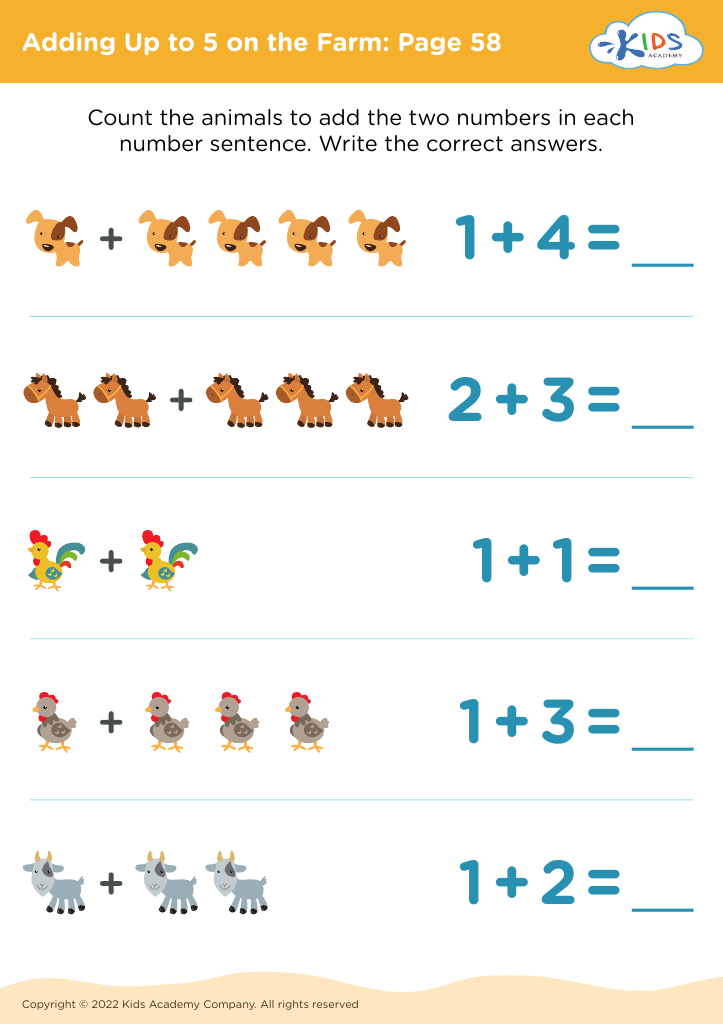Observation skills Worksheets for Ages 5-9
13 filtered results
-
From - To
Enhance your child's learning with our Observation Skills Worksheets designed for ages 5-9! These engaging worksheets encourage young learners to develop critical observational skills essential for academic success. Through fun activities, children will sharpen their ability to notice details, make connections, and use their senses effectively. Our thoughtfully crafted exercises cover various subjects, ensuring a well-rounded approach to education while keeping kids entertained. Perfect for homeschooling or supplementary practice, these worksheets are easy to use and support early literacy, science, and social studies skills. Dive into the exciting world of observation and watch your child's confidence and curiosity grow!
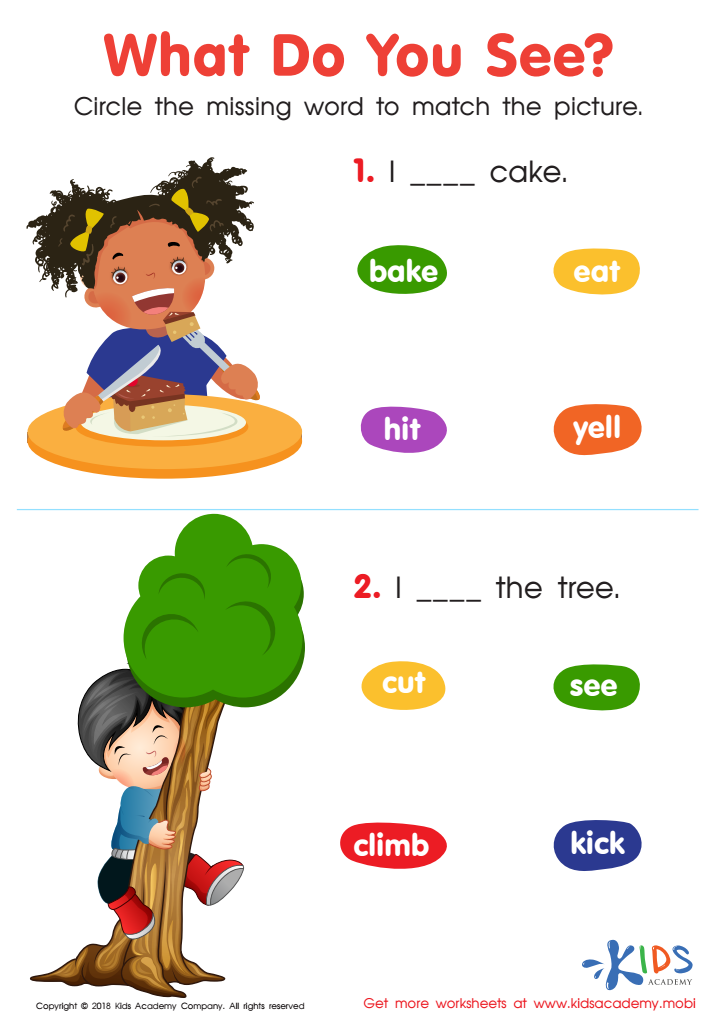

What Do You See? Reading Worksheet


Matter: Assessment 1 Worksheet
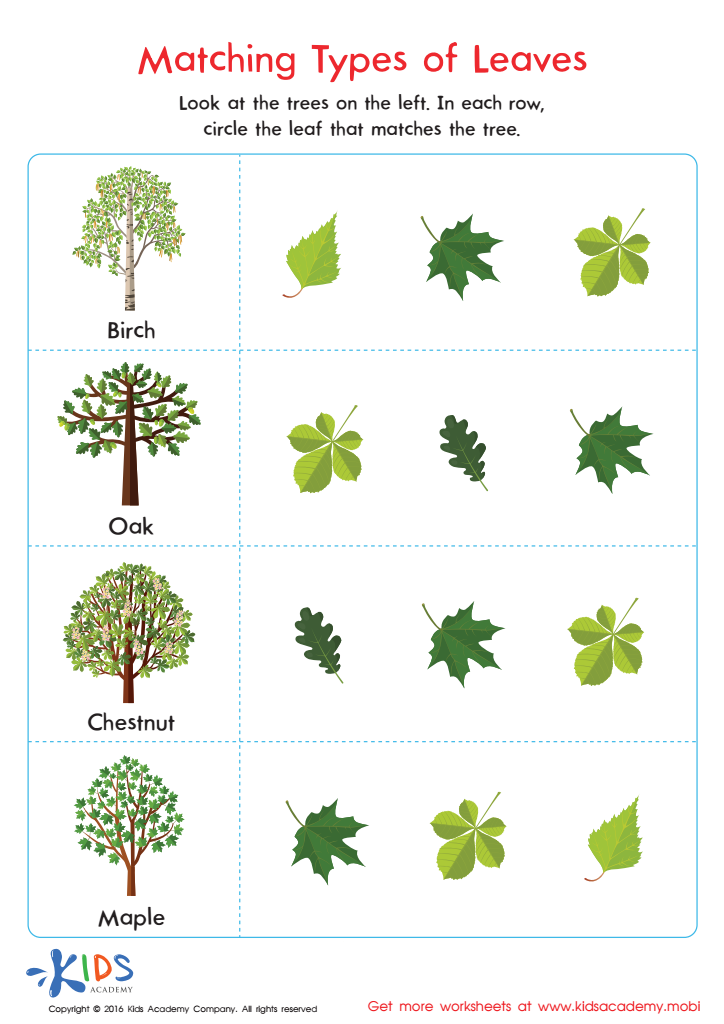

Matching Types of Leaves Printable
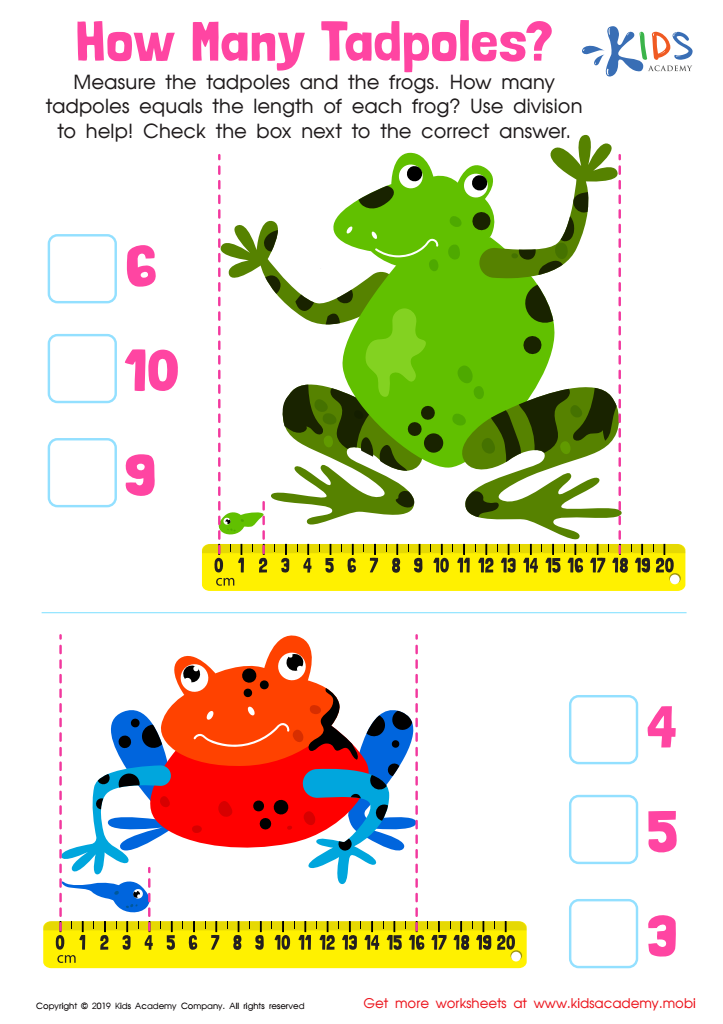

How Many Tadpoles Worksheet


The 5 Sense Scientist Worksheet
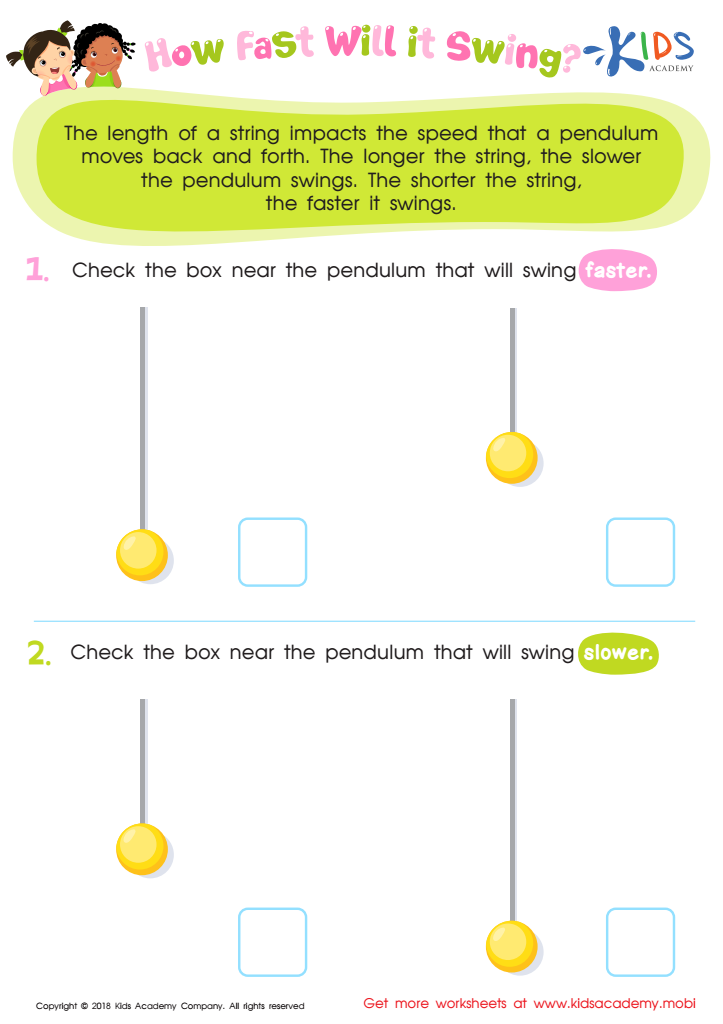

Pendulum Experiment Worksheet For 3rd Grade
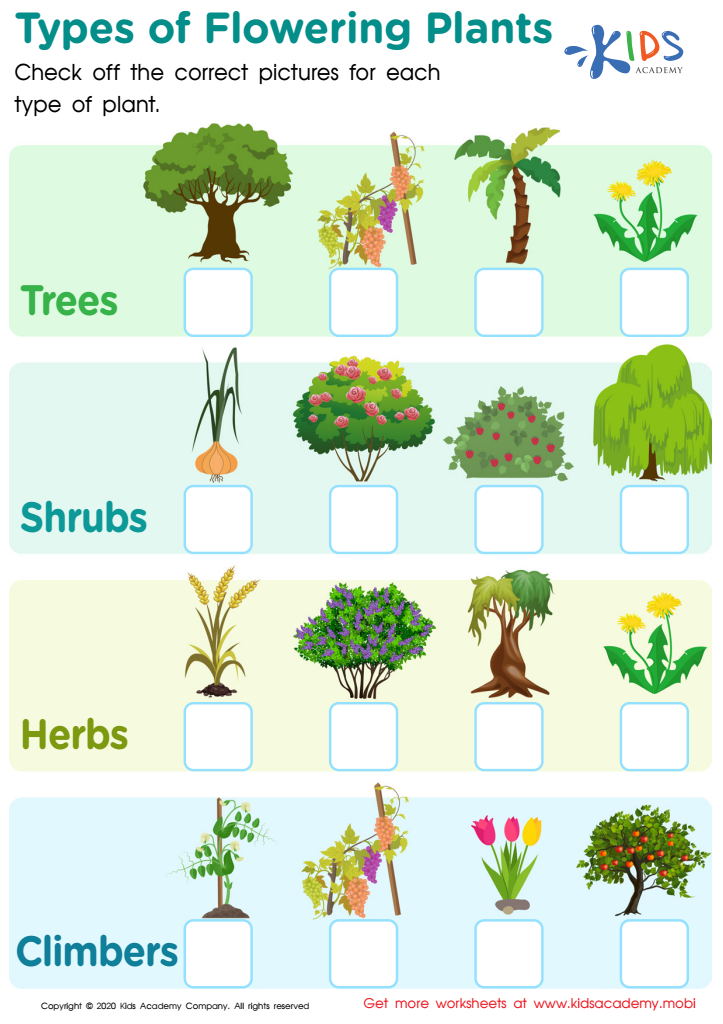

Types of Flowering Plants Worksheet


Finding 16 With Fossils Worksheet


Night Sky Search Worksheet
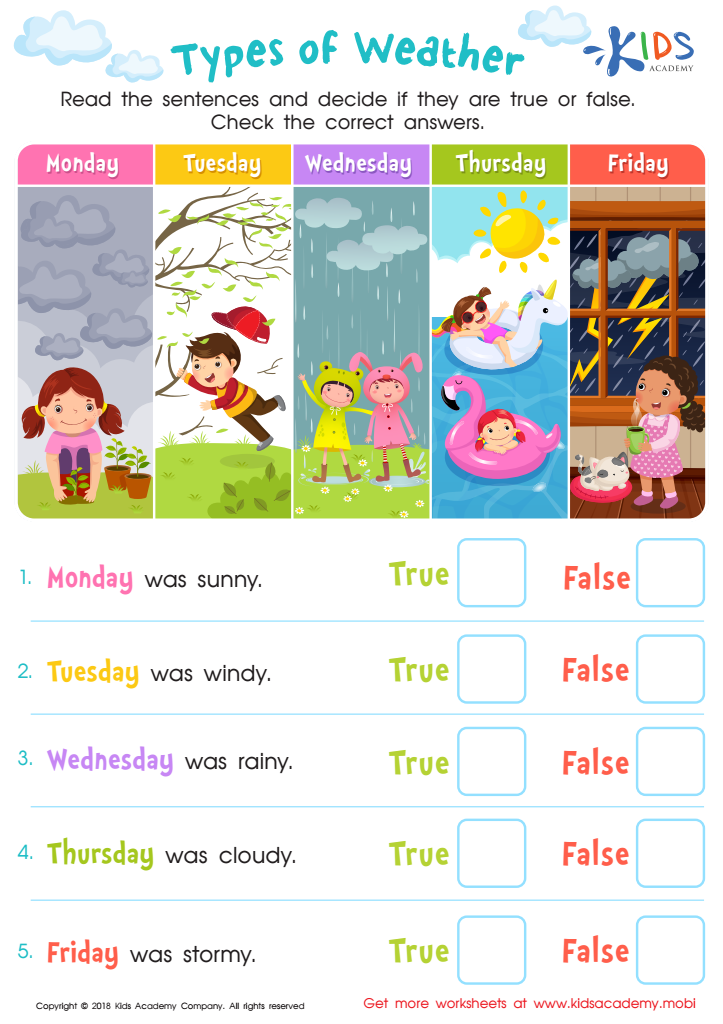

Types of Weather Worksheet


Pair Pears Worksheet
Observation skills are essential for children aged 5-9, as they serve as the foundation for learning and understanding their environment. During these formative years, children develop crucial cognitive and social abilities, and sharp observation skills enhance their capacity to absorb new information. Teachers and parents play a vital role in nurturing these skills, as effective observation allows children to recognize patterns, make predictions, and develop critical thinking.
Observational skills contribute to language development; when children observe and describe their surroundings, they expand their vocabulary and improve their communication abilities. Additionally, keen observation fosters curiosity, encouraging children to ask questions and explore their interests more deeply.
Furthermore, these skills are important for social interactions. By observing others, children learn to read emotions, understand non-verbal cues, and build empathy—essential components of healthy relationships.
For educators and parents, fostering observation skills can enhance classroom engagement and home learning experiences. Engaging children in activities like nature walks, counting games, or simple storytelling can significantly strengthen their observational abilities. Overall, prioritizing observation skills lays the groundwork for lifelong learning and social interaction, ensuring children are well-equipped to navigate their world.

 Assign to My Students
Assign to My Students


